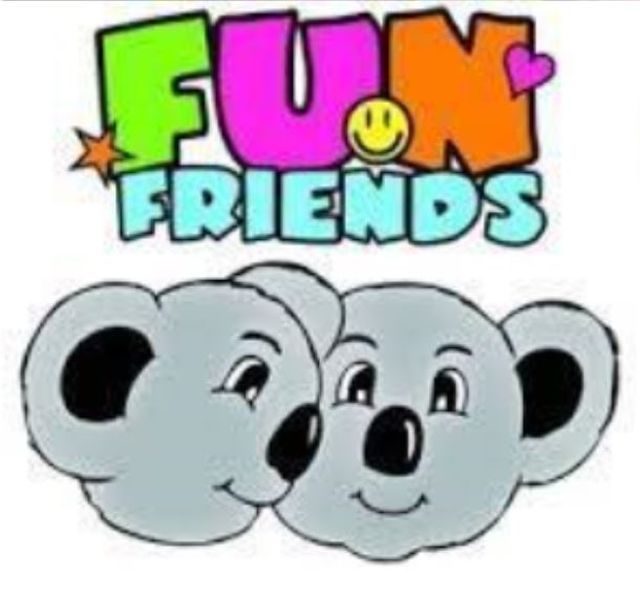 Consistency is key – the more your child practices, the better they will become at finding ways to work through their own personal challenges.
Consistency is key – the more your child practices, the better they will become at finding ways to work through their own personal challenges.
Recap on previous weeks’ learning:
- Feelings It’s ok to have feelings, everyone has feelings. Learning how to recognise and deal with our feelings is an important skill.
- Relax Practise relaxation every day if you can and encourage your child to use relaxation strategies to calm down if they feel upset/worried/angry.
- I can try We can be BRAVE! By looking someone in the eye, smiling and using a brave voice. We now know that RED thoughts are unhelpful thoughts and GREEN thoughts are helpful thoughts. We can choose to turn our RED thoughts GREEN.
- Encourage Did you encourage your child to try a new skill, develop self-control or overcome a fear? Did your child have the opportunity to practice the skill of being brave as they took on a new challenge?
Nurture
 Learning about role models in our lives and how they can influence how we nurture relationships. Spending time together doing fun activities with adults, peers and siblings help us to role model positive relationships. Our family, friends and adults in our lives can help us be brave and we can help them.
Learning about role models in our lives and how they can influence how we nurture relationships. Spending time together doing fun activities with adults, peers and siblings help us to role model positive relationships. Our family, friends and adults in our lives can help us be brave and we can help them.
 Being a good friend Discuss what makes a good friend – helping, sharing, smiling and listening. Then talk about a time that your child has been a good friend and thank them for sharing the story.
Being a good friend Discuss what makes a good friend – helping, sharing, smiling and listening. Then talk about a time that your child has been a good friend and thank them for sharing the story.
 Making new friends Remind children about doing things one step at a time. Discuss steps to make new friends by, smiling and saying hello, asking them to play with you, share your toys, invite them to play at your garden, etc
Making new friends Remind children about doing things one step at a time. Discuss steps to make new friends by, smiling and saying hello, asking them to play with you, share your toys, invite them to play at your garden, etc
Encourage children to listen to their friends.
Listening game: Play a Simon Says game but with a different action from what is being said. For example, Simon says “touch your nose”, while touching your head. Your child needs to listen and do what you say rather than what you do.
Sharing game: In a small group give each child 5 stickers of the same colour. The aim is to end up with 5 stickers- all different colours. Each child has to ask the other child for a sticker in a brave voice and say please and thank you. Afterward you can discuss the importance of being kind and sharing. What would happen if no one had shared a sticker.
 Magical sound box: Put different objects, such as keys, paper, beans in a bottle, etc., into a covered box, and then manipulate one of the objects asking a child to tell you what he or she heard. You might need to introduce the child to different objects and sounds before playing this game.
Magical sound box: Put different objects, such as keys, paper, beans in a bottle, etc., into a covered box, and then manipulate one of the objects asking a child to tell you what he or she heard. You might need to introduce the child to different objects and sounds before playing this game.
Guess who is calling you: Seat everyone in a circle, choose one child to cover their eyes. Then choose someone else in the group to shout out the person’s name that has their eyes closed. The child then uncovers their eyes and has to guess who shouted out their name. Continue until everyone has had a turn in the circle.
Useful links for being a good friend.
CBeebies Justin’s Good Friends Song
What makes a good friend? song on YouTube
Bad Apple: a tale of friendship by Edward Hemingway (YouTube)
Friendship Soup – a recipe for friends (YouTube)
Can you tell us about when you have been a good friend to your family, neighbours or anyone else?
Share on Google Classrooms or Twitter @GlenwoodFC #Glenwoodlearningathome


